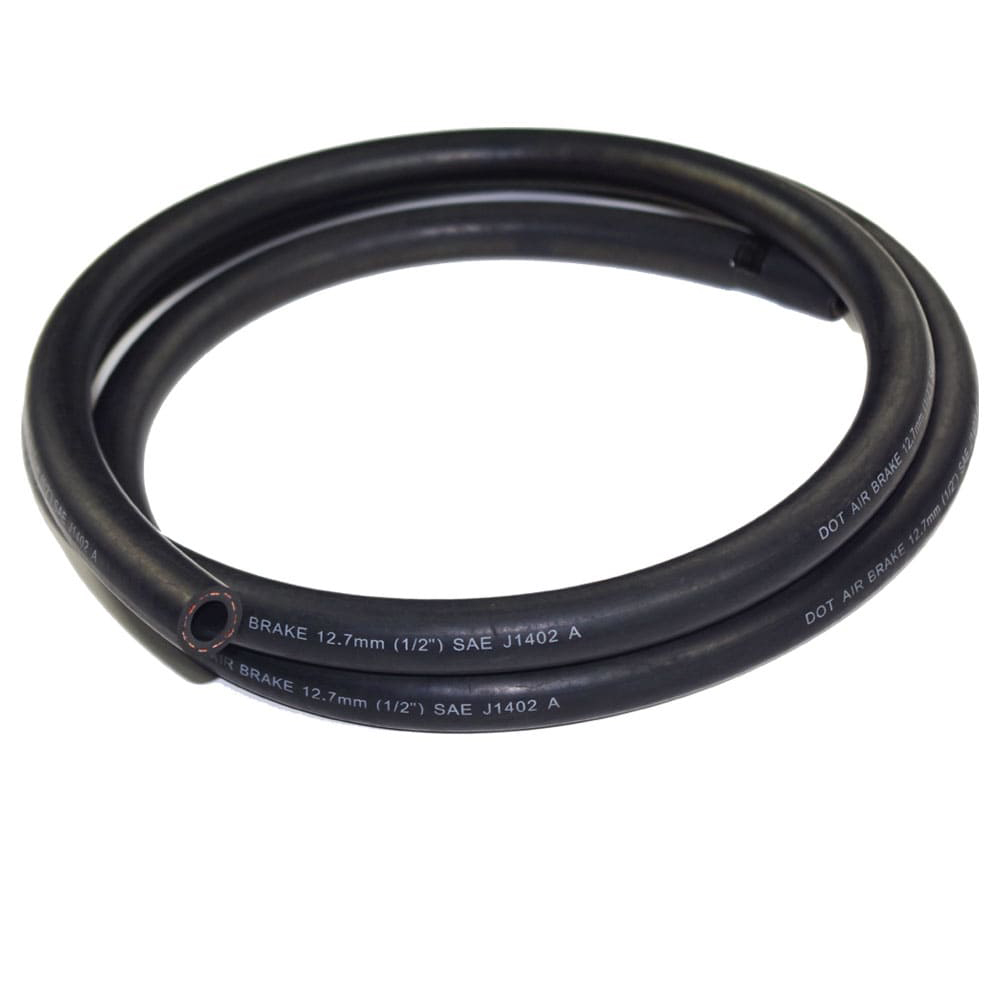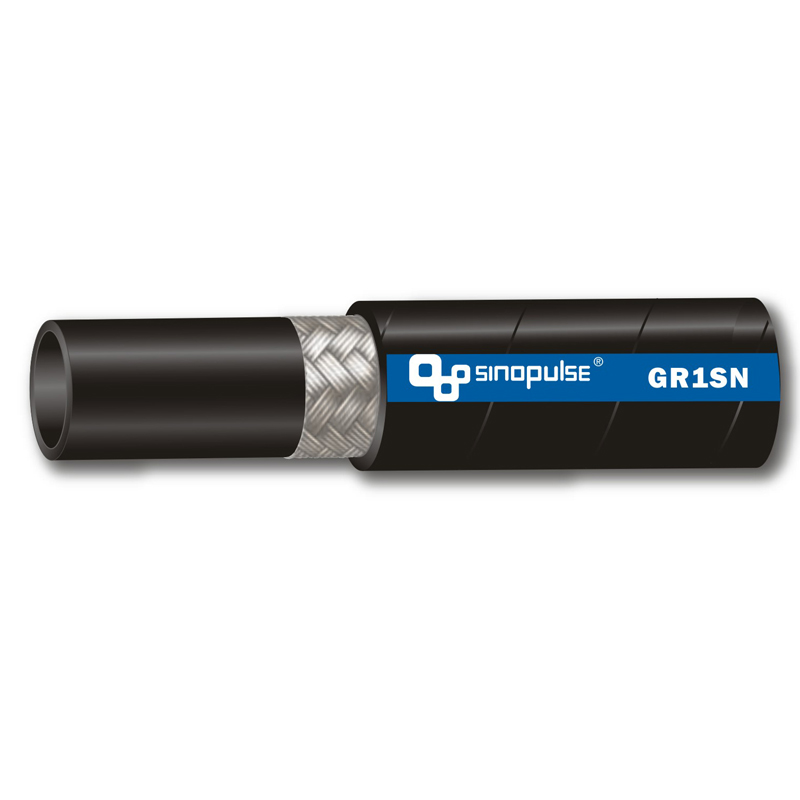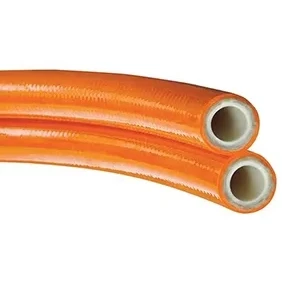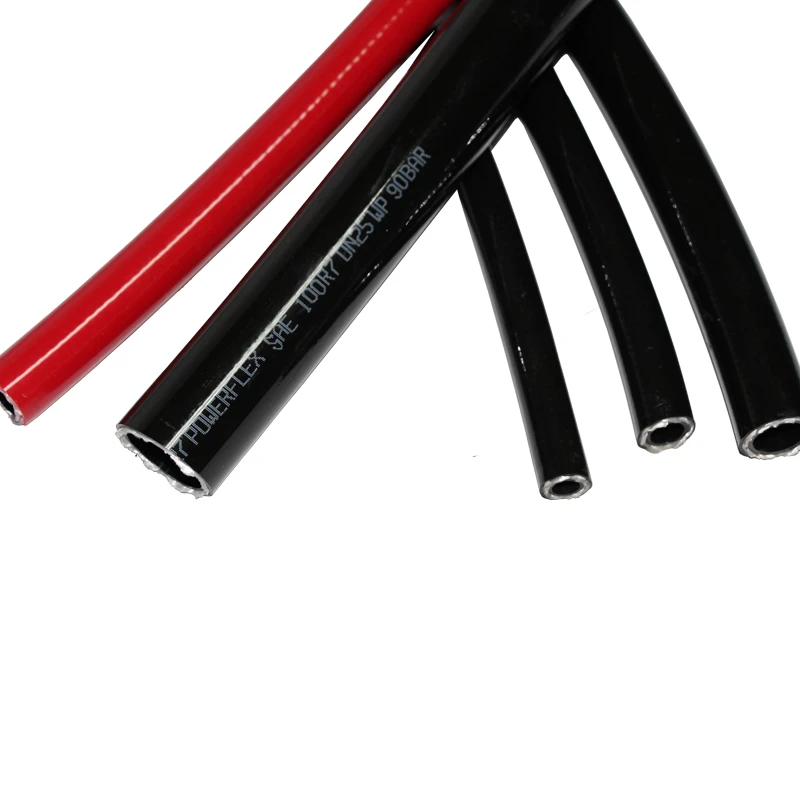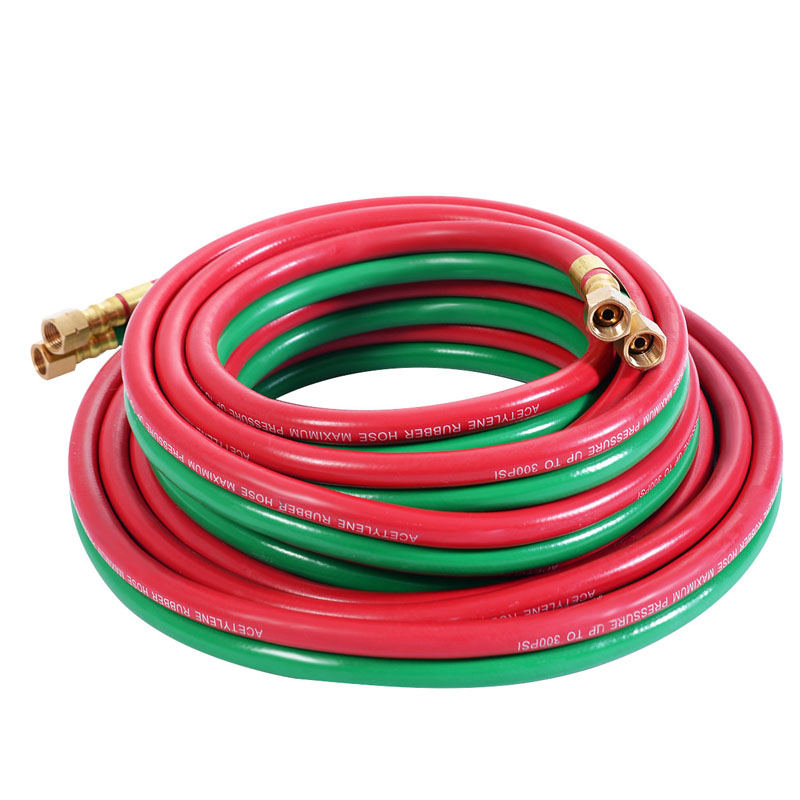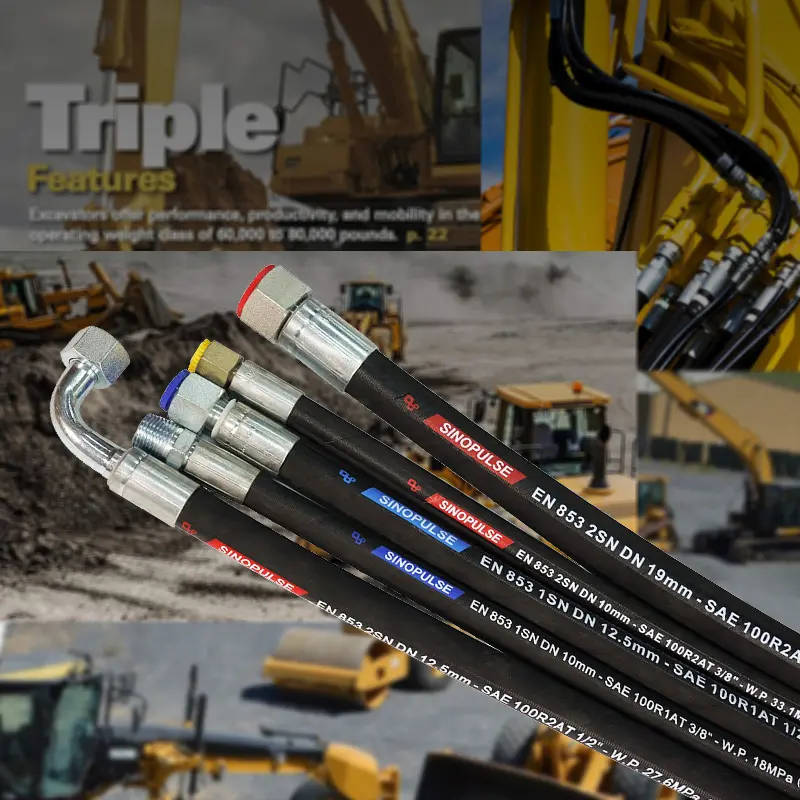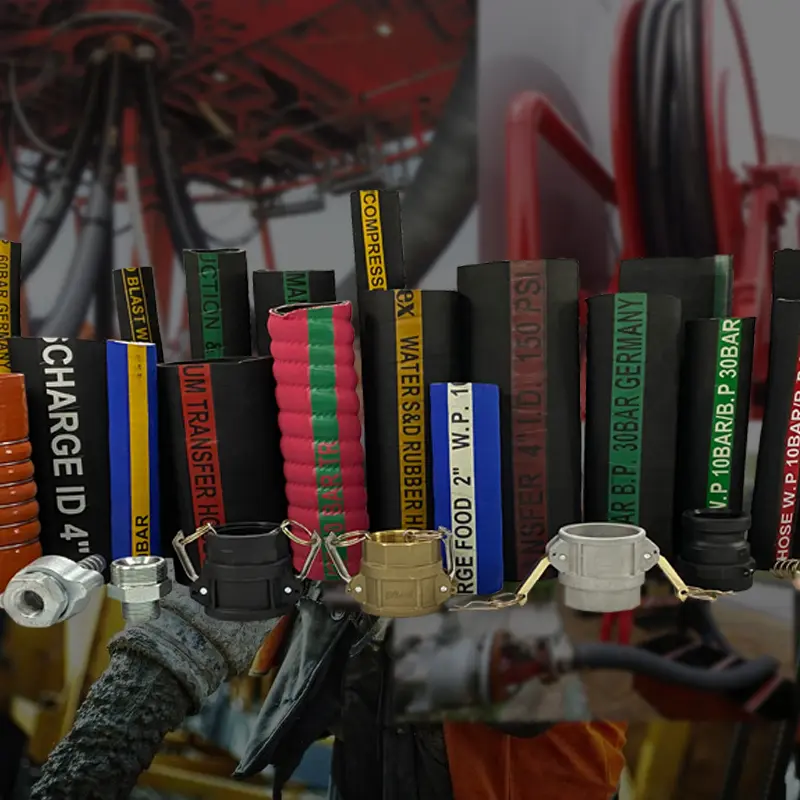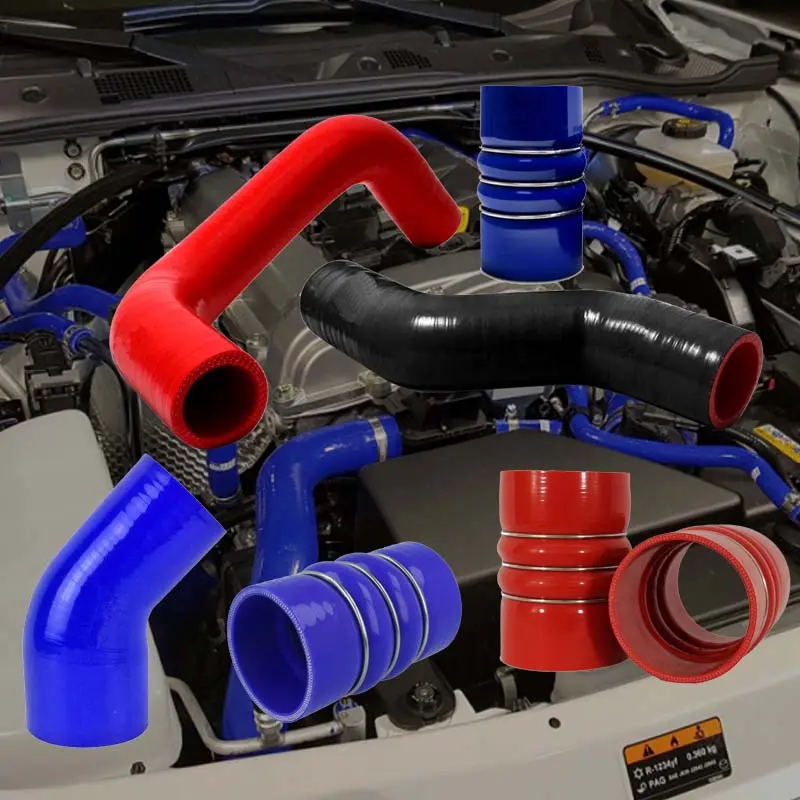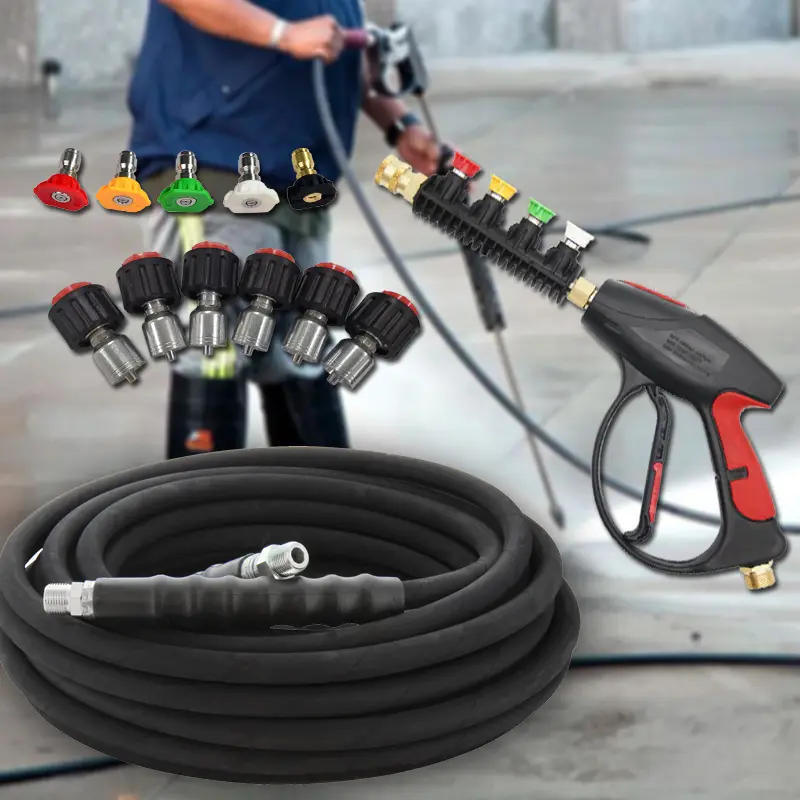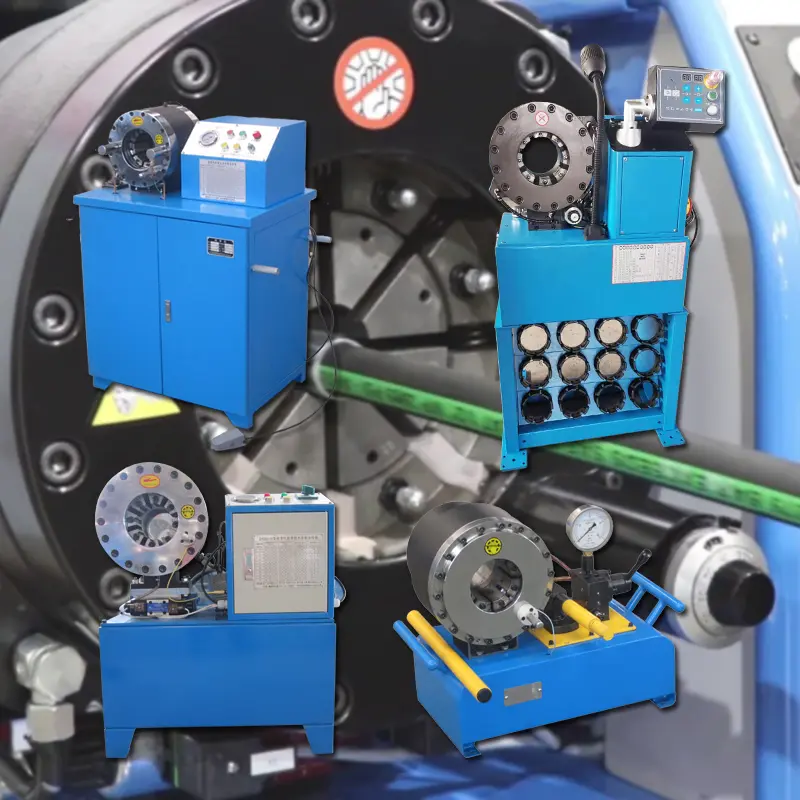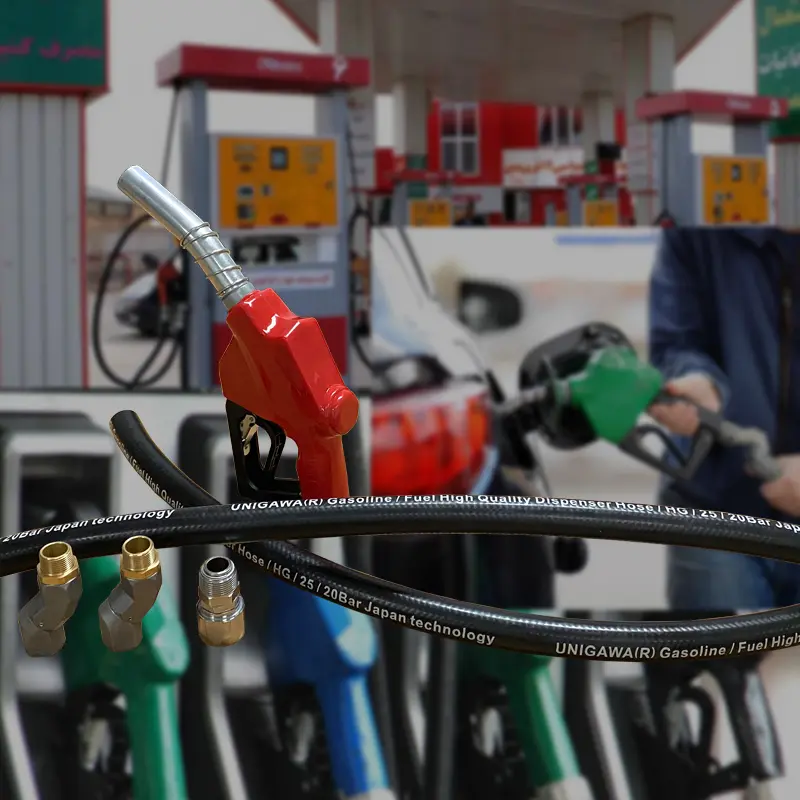Hydraulic Brake Hose serves as the critical flexible conduit in automotive braking systems, transmitting hydraulic pressure from the master cylinder to the brake calipers or wheel cylinders. These specialized hoses are engineered to withstand high pressure fluctuations during braking cycles while maintaining flexibility to accommodate suspension movement. Unlike rigid tubing, Hydraulic Brake Hose can bend and flex without compromising pressure integrity, making them essential for connecting fixed brake components to moving wheel assemblies. Constructed with multiple layers—typically an inner rubber tube, reinforcement braids, and an outer protective cover—Hydraulic Brake Hose resists abrasion, corrosion, and heat from brake components, ensuring reliable performance in diverse operating conditions.
Hydraulic Brake Pipe, often used in conjunction with flexible hoses, forms the rigid sections of the brake hydraulic system
These metal pipes, usually made from steel or copper-coated steel, handle pressure transmission between the master cylinder and the points where flexibility is required, such as near wheel wells. Hydraulic Brake Pipe provides structural stability in fixed system sections, minimizing expansion under pressure to maintain consistent brake feel. They are typically connected to Hydraulic Brake Hose via adapter fittings, creating a hybrid system that combines the rigidity of metal tubing with the flexibility of reinforced hoses. Proper routing of Hydraulic Brake Pipe is crucial to avoid contact with moving parts or areas prone to excessive heat, which could degrade adjacent components.
High Pressure Brake Hose is specifically designed to handle the extreme pressure demands of modern braking systems, often exceeding 1,000 psi during heavy braking
These hoses feature enhanced reinforcement layers, usually high-tensile steel braids, that prevent expansion and bursting under peak pressure conditions. High Pressure Brake Hose undergoes rigorous manufacturing processes to ensure uniform wall thickness and consistent braid coverage, critical factors in maintaining pressure stability. They are distinguishable from standard hydraulic hoses by their higher pressure ratings and specialized elastomer compounds that resist brake fluid degradation over time. In performance vehicles and heavy-duty applications, High Pressure Brake Hose is essential for maintaining brake responsiveness under extreme conditions.
High Pressure Brake Lines encompass the entire network of conduits, including both rigid pipes and flexible hoses, that carry pressurized brake fluid through the system
These lines must form a continuous, leak-free pathway from the master cylinder to each wheel brake assembly. High Pressure Brake Lines are sized according to the volume and pressure requirements of the specific vehicle application, with larger diameters used in systems requiring higher fluid flow rates. The routing of High Pressure Brake Lines is carefully engineered to avoid sharp bends that could restrict flow and to protect against damage from road debris or component movement. Properly maintained High Pressure Brake Lines ensure that brake pressure is distributed evenly to all wheels, contributing to balanced braking performance.
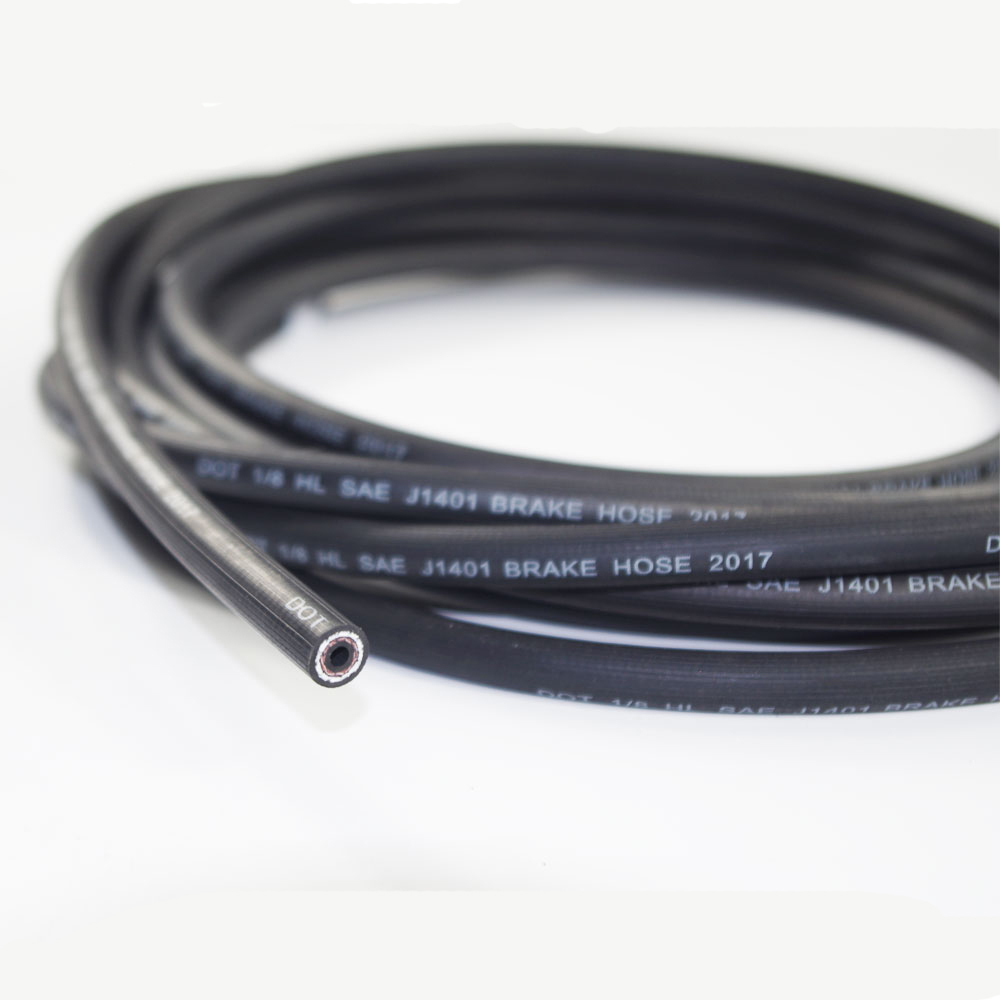
Common types of hydraulic brake hose joints include flare fittings, compression fittings, and push-to-connect fittings
Flare fittings, available in single, double, and bubble flare configurations, create a metal-to-metal seal by compressing a flared hose end against a mating fitting. Compression fittings use a ferrule that tightens around the hose when the nut is secured, forming a reliable seal without requiring special tooling for flaring. Push-to-connect fittings allow for quick assembly by inserting the prepared hose end into the fitting until it locks into place, often featuring a release mechanism for disassembly. Each joint type has specific applications, with flare fittings preferred for high-pressure brake systems due to their superior sealing capabilities under pressure.
A complete hydraulic brake hose assembly consists of three primary components: the inner core, reinforcement layer, and outer cover
The inner core, typically made from nitrile rubber, provides compatibility with brake fluids while maintaining flexibility. The reinforcement layer, usually high-strength steel or synthetic fiber braids, gives the hose its pressure-handling capability by preventing expansion under load. The outer cover, made from abrasion-resistant rubber or polymer, protects the inner layers from environmental damage, including road debris, oil, and UV radiation. Some assemblies also include end fittings permanently attached to the hose ends, pre-assembled to ensure proper sealing and pressure retention.
Selecting the right hydraulic brake hose involves considering several key factors, starting with the vehicle's pressure requirements and operating environment
The hose must match or exceed the system's maximum operating pressure, with High Pressure Brake Hose required for performance or heavy-duty applications. Compatibility with brake fluid type is essential, as some elastomers may degrade when exposed to synthetic or silicone-based fluids. Hose flexibility should be appropriate for the installation location, ensuring movement without kinking or excessive stress. Additionally, the outer cover material should suit the operating conditions, with extra abrasion resistance needed for hoses routed near suspension components or wheel wells. Always refer to application specifications to ensure proper length, diameter, and fitting compatibility.
In summary, hydraulic brake systems rely on the coordinated performance of Hydraulic Brake Hose, Hydraulic Brake Pipe, High Pressure Brake Hose, and High Pressure Brake Lines to deliver safe and reliable stopping power. Understanding the different joint types—flare, compression, and push-to-connect—helps in proper assembly and maintenance. A complete hose assembly integrates inner core, reinforcement, and outer cover to balance flexibility, pressure resistance, and durability. Selecting the appropriate components involves matching pressure ratings, fluid compatibility, and environmental resistance to application requirements. By prioritizing these factors, you ensure that the brake hydraulic system operates efficiently, providing consistent performance under all driving conditions.
Hydraulic Brake Hose FAQs
1. What are the different types of hydraulic brake hose fittings available?
Hydraulic brake hose fittings come in various styles, including JIC (37° flare), ORFS (O-ring face seal), NPT (tapered thread), BSP (British standard pipe), and DIN metric fittings. Each type has specific sealing mechanisms and pressure ratings, designed for different applications in automotive, industrial, and heavy machinery systems. Proper selection depends on compatibility with the hydraulic system’s ports and required pressure resistance.
2. How many components make up a complete hydraulic brake hose assembly?
A standard hydraulic brake hose assembly consists of three main parts: the inner tube (typically made of synthetic rubber or thermoplastic for fluid resistance), the reinforcement layer (braided or spiral-wound steel wire for strength), and the outer cover (weather-resistant rubber or thermoplastic to protect against abrasion and environmental damage). Additionally, crimped or reusable fittings are attached at both ends to ensure a secure connection.
3. What factors should be considered when selecting a hydraulic brake hose for an application?
Key considerations include operating pressure (must exceed system requirements), temperature range (ensuring compatibility with fluid and environment), fluid compatibility (resistance to oil, brake fluid, or chemicals), bend radius (to avoid kinking), and length (to prevent stress on connections). The hose must also meet relevant industry standards like SAE, ISO, or DOT specifications.
4. Why is proper routing and installation crucial for hydraulic brake hose performance?
Incorrect routing can lead to abrasion, kinking, or excessive tension, causing premature failure. The hydraulic brake hose should be installed with smooth curves, avoiding sharp bends or contact with moving parts. Proper support clamps and protective sleeves may be necessary in high-vibration or high-heat environments to maintain durability and prevent leaks.
5. How often should hydraulic brake hoses be inspected and replaced?
Regular visual inspections should check for cracks, bulges, leaks, or abrasions on the outer cover. Most manufacturers recommend replacing hydraulic brake hoses every 4–6 years, even if no visible damage is present, due to internal degradation. In high-stress applications like racing or heavy equipment, more frequent replacement may be necessary to ensure safety and reliability.
Questu hè l'ultimu articulu
Applicazione di u produttu









